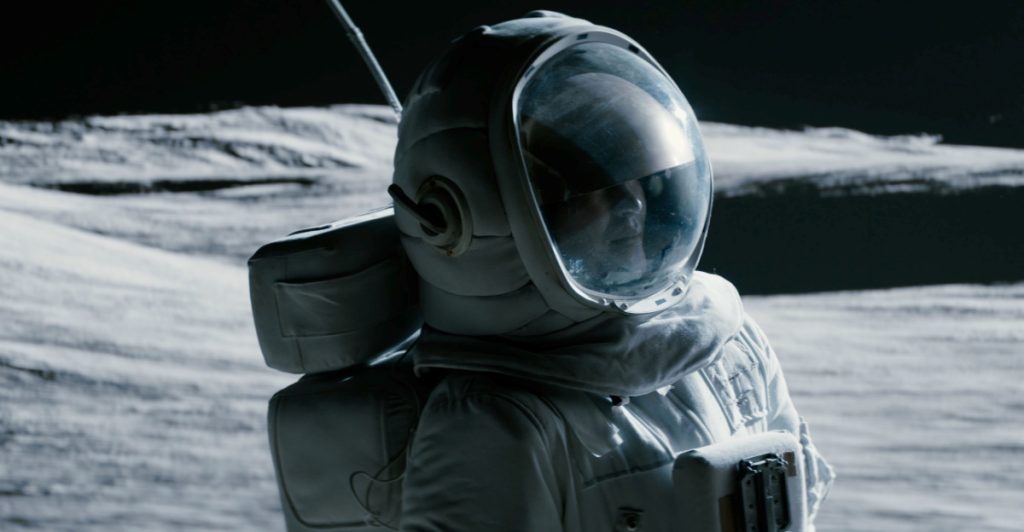China has completed a key milestone in its ambitious plan to send astronauts to the Moon by 2030. The Lanyue lunar lander, designed to carry two crew members, has passed crucial landing and take-off tests, marking a major step toward the country’s first crewed lunar mission.
Others are reading now
China has completed a key milestone in its ambitious plan to send astronauts to the Moon by 2030. The Lanyue lunar lander, designed to carry two crew members, has passed crucial landing and take-off tests, marking a major step toward the country’s first crewed lunar mission.
First Major Test for Lanyue Lunar Lander

China’s Lanyue lander successfully completed its first landing and take-off trials at a test site in Huailai, Hebei Province. These simulations are essential for proving the spacecraft’s readiness for a crewed Moon mission.
Designed for Crewed Lunar Missions
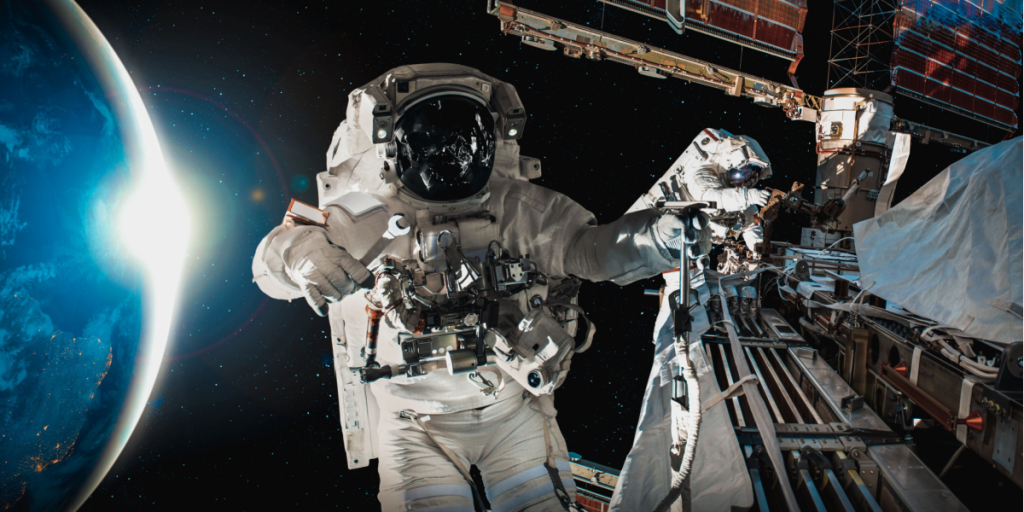
The Lanyue—its name meaning “embracing the Moon”—will be the central vehicle in China’s first human Moon landing. Capable of transporting two astronauts, it will play a dual role in both descending to and ascending from the lunar surface.
Safety Through Redundancy
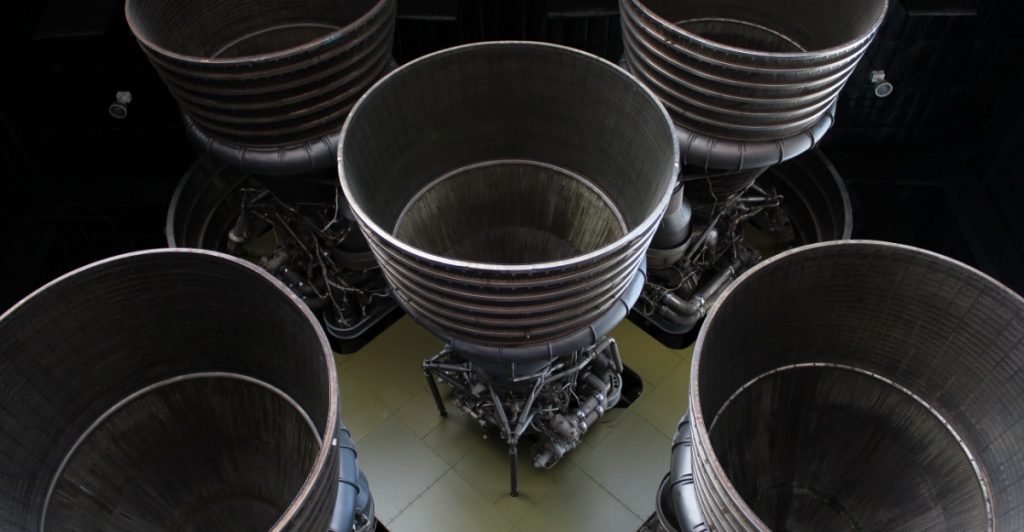
The lander is equipped with multiple engines. In the event of a malfunction, remaining engines can still return the crew safely to lunar orbit, ensuring a secure route back to Earth.
Testing in Varied Scenarios

During the August 6 trials, engineers evaluated the Lanyue’s performance under different operating conditions, from cargo capacity checks to complex launch environment simulations.
Also read
Simulating Lunar Descent and Ascent
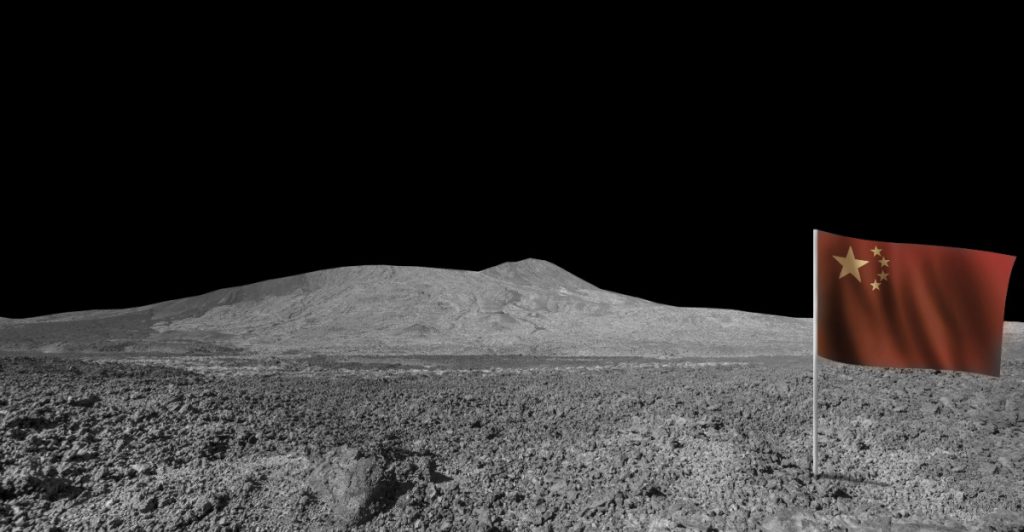
The tests involved igniting the lander’s engines to mimic the sequence of a Moon landing followed by a lift-off. This confirmed that the lander’s propulsion and navigation systems work as intended.
Critical Systems Integration

The trials also verified smooth coordination between the spacecraft’s subsystems, including navigation, control, and communication, as well as its ability to safely detach from the Moon’s surface.
Focus on Astronaut Comfort

Engineers are prioritizing a smooth, low-impact landing experience for astronauts. The lander’s design aims to reduce shock and provide a stable descent, essential for crew safety on the lunar surface.
A Step Toward 2030 Lunar Goals
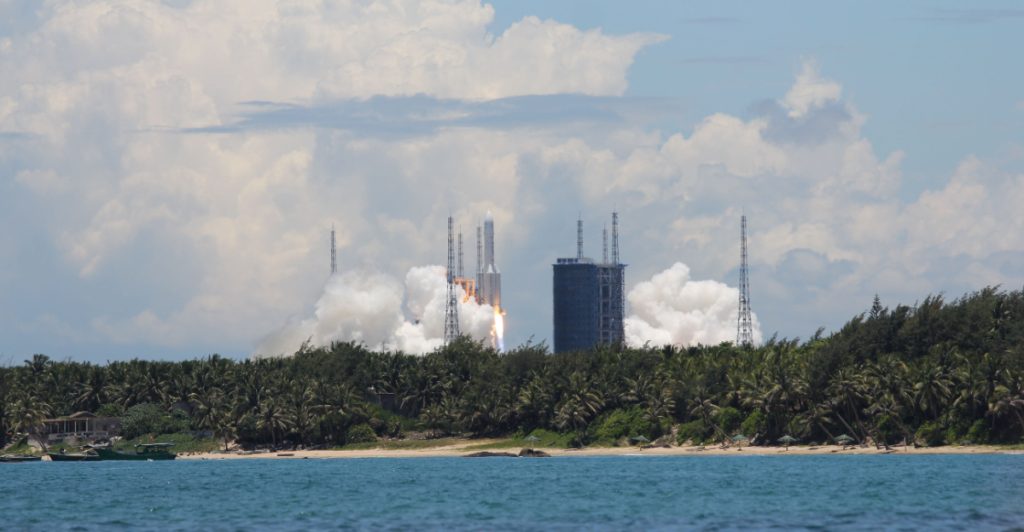
With this successful test, China edges closer to its goal of sending a crew to the Moon by 2030. The next phases will involve further trials and integrating the lander into the full mission architecture.

